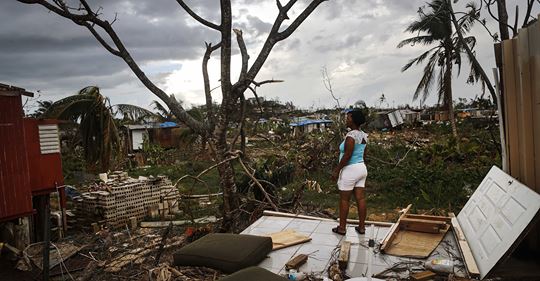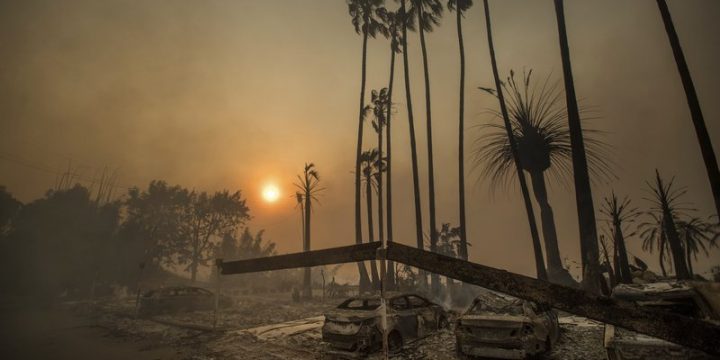
Climate Change Response Pits Trump Against US Government
I don’t believe it. – Donald Trump, November 26th, referring to the 1596-page Fourth National Climate Assessment, released by the White House at 2 p.m. on Black Friday, November 23rd, the day after Thanksgiving. don’t believe it” is not, by definition, a rational argument supported by evidence. It’s a statement of faith, not susceptible of proof or rebuttal, and as such is useless to effective governance. “I don’t believe it” is the empty opposite of the Fourth National Climate Assessment that is part of a continuing, multi-disciplinary, real-world examination of climate change that began in 1990 (more on this under-publicized report later). Produced by the 13 government agencies that comprise the U.S. Global Change Research Program, the Assessment is the latest report in a thirty-year climate watch that has seen steady,…









